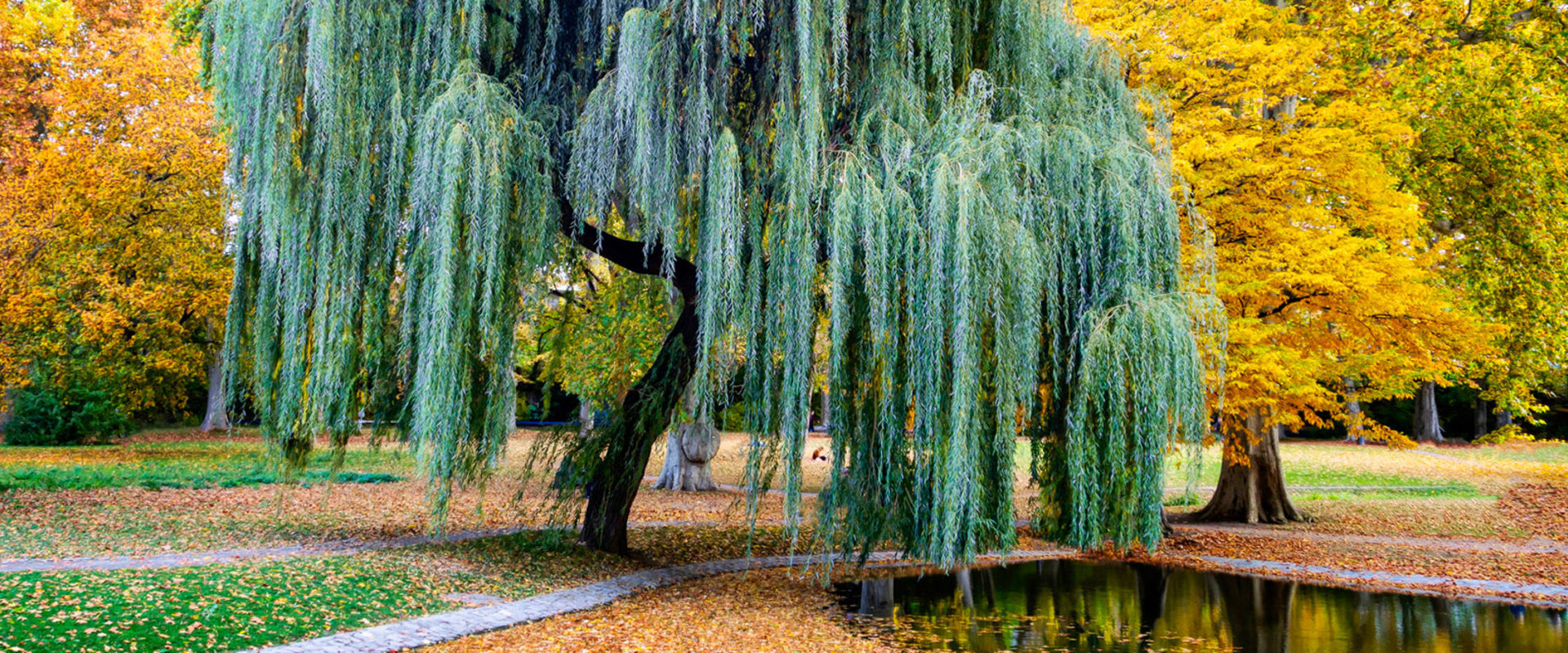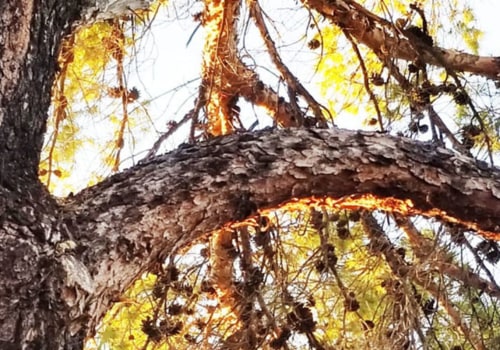Weeping willow care Caring for a weeping willow also includes monitoring branches. It is necessary to keep an eye on the tree because the branches tend to crack and fail due to age, especially during ice and snow events. The foliage is prone to fungal diseases and, as a result, becomes spotty and unattractive. Weeping willows have long been prized for their delicate, weeping branches that graze on the ground with fluttering, silver leaves.
Its shape leads to a nice round canopy. Not only do they provide food for rabbits and deer, but their branches are ideal for nesting birds. Weeping willows grow very well planted near water, where they can prevent soil erosion. Choose a growing site that receives full sun or partial shade, with moist, well-drained, slightly acidic soil.
Remove weeds and remove grass and debris. Do not plant near underground power lines or sewers, since weeping willows have very long roots. Dig all twice the width of your root ball, but about the same depth. Take the root ball out of the container and gently separate its roots, then place it in the center of the hole.
Fill the hole with soil halfway, then pour 2 gallons of water into it. Finish filling the hole with soil, lightly tamped to remove any air bubbles. Weeping willows can thrive in full sun or partial shade, and are tolerant of many types of soil. Weeping willows bloom in full sun or partial shade, meaning they need at least four hours of direct, unfiltered sunlight per day.
Weeping willows tolerate many types of soil, including alkaline, clay, sandy and clay soils. However, their preference is for moist, well-draining and slightly acidic soils. If your soil is too alkaline, you can make it more acidic by modifying it with sulfur. You should water the weeping willow weekly for the first year after sowing.
After that, you just need to water it enough so that the soil does not dry out. You can test it by sticking your index finger into the surrounding soil. If the top two inches don't feel damp, you need to water. Willows are easy to grow and require moderate care.
Prune young trees to keep lower branches high for easy maintenance. Otherwise, willows do not need to be trimmed and only old, dead wood is required to be removed, although many people prefer to keep willows peeled. A mature weeping willow does not require fertilizer if it is planted in rich soil and its leaves are healthy green or if nearby lawns are fertilized regularly. However, you can supply fertilizers to support lush growth.
Perform a soil test before adding any amendments to the soil, with the exception of slow-release organic fertilizers, such as mulch. The only part of this process that can be difficult is choosing where to plant your tree, plant it far enough away from your home that a mature tree doesn't block the sun and its roots don't jeopardize the foundations of your home. To minimize problems, provide adequate water to keep the tree healthy, as healthy trees are better able to defend themselves from disease. Weeping willows can withstand partial shade in full sun, and The Spruce says the tree prefers at least four hours of full sun a day.








Leave Reply